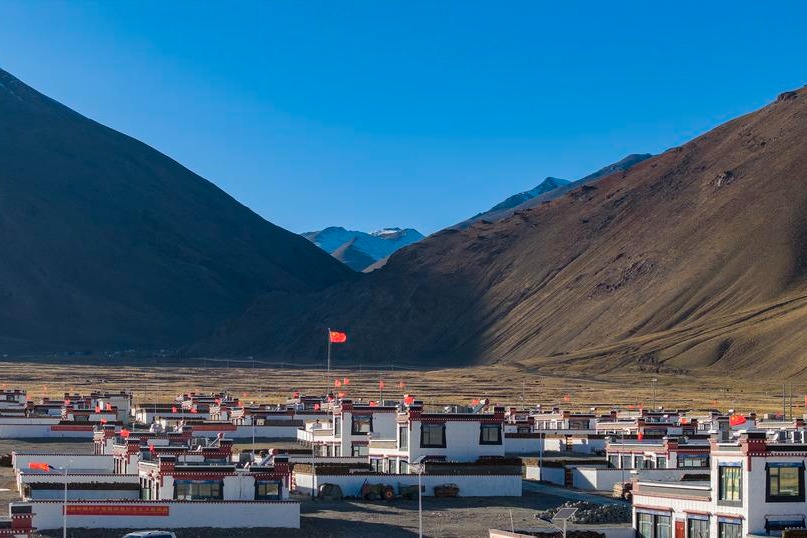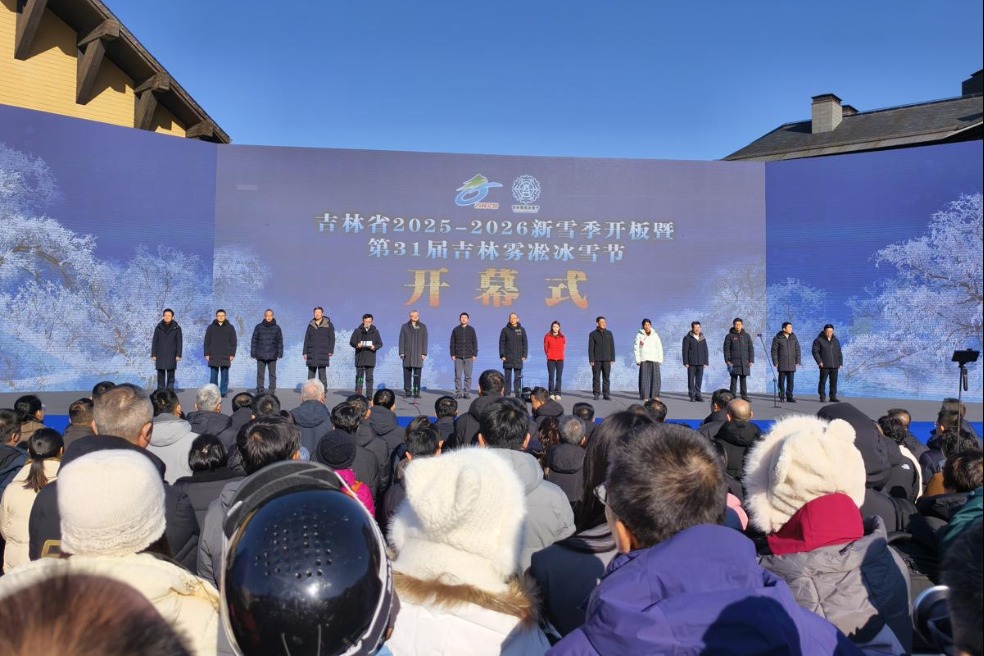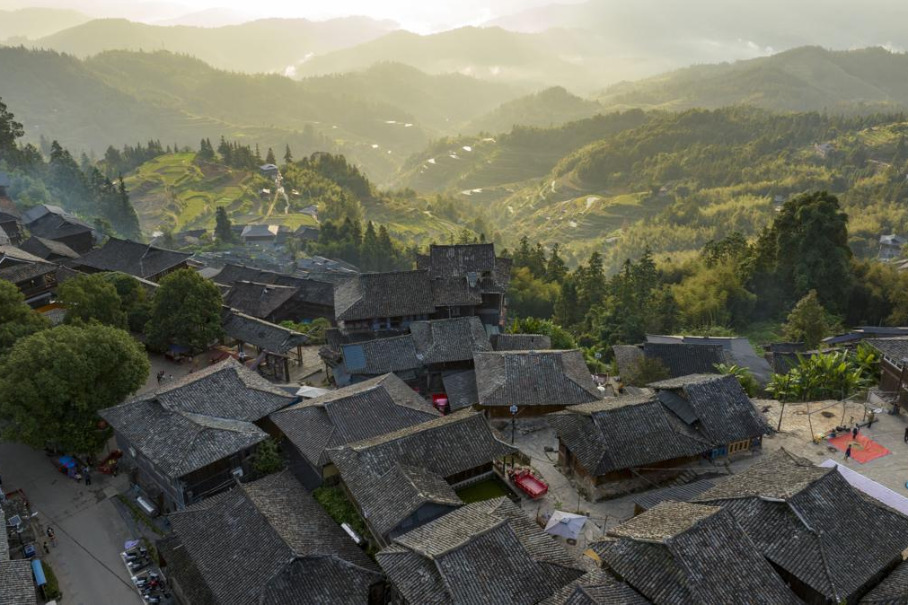Highways on the 'Roof of the World' bring prosperity

Xizang, known as the "Roof of the World," has seen a dramatic transformation in its infrastructure. Once isolated and without formal roads, the region relied on manual labor and pack animals for transportation. Access to inland China was limited, stalling development.
Today, Xizang boasts 183 flight routes connecting 78 cities, a vast network of 124,900 kilometers of highways — double the length of 2012 — and 1,359 kilometers of railways, up from just 701 kilometers in 2012. This modern infrastructure has opened up the region, boosting economic growth, improving living standards, and fostering greater connectivity.
So, which version of Xizang is better: the old one, isolated and undeveloped, or the new one, connected and thriving? With roads, railways, and flights, today's Xizang is a region full of opportunity, offering a bright future for its people.
- Former deputy head of China's medical products regulator prosecuted for bribery
- Former senior discipline regulator expelled for serious Party violations
- Top court cracks down on tax evasion tactics
- Promotion week for intangible cultural heritage brands opens in Dali, China's Yunnan
- Tourists visit Mingsha Mountain and Crescent Spring Scenic Area in Dunhuang city, NW China
- Scenery of scenic spot near Wuxia Gorge in Wushan, China's Chongqing





































